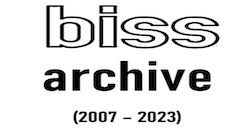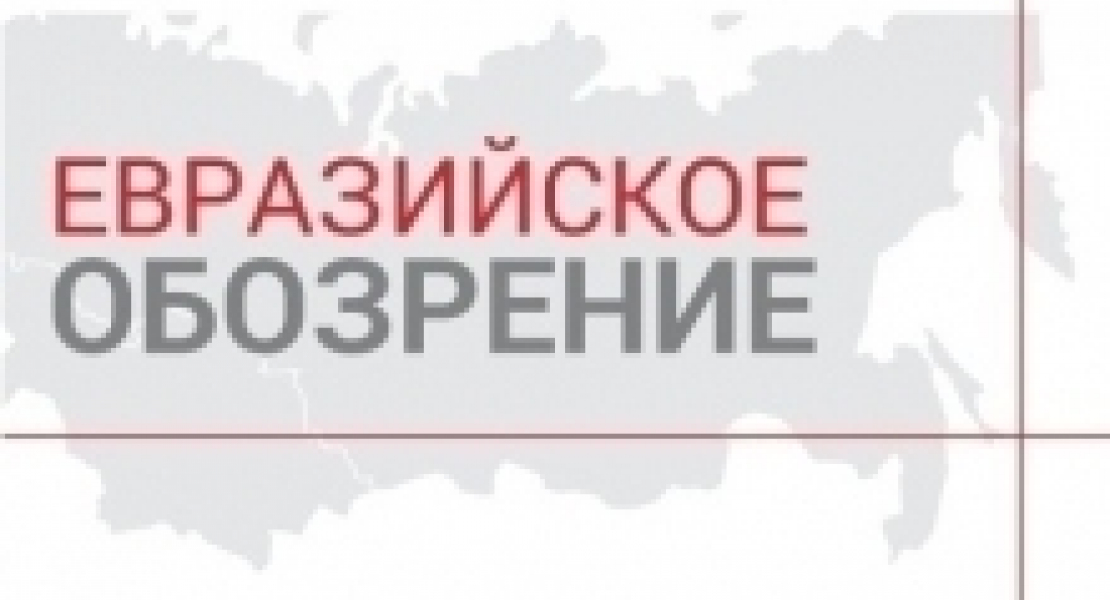BISS presents the second issue of the Eurasian Review, which analyzes the processes of Eurasian integration.
The Eurasian Economic Union (EEU) Treaty, which was inked on 29 May 2014, is yet to be ratified by all of the EEU member states. Although the Treaty has not been submitted to the parliaments of the Eurasian partners so far, there is hardly any doubt that the parliaments of Russia, Belarus, and Kazakhstan, which are firmly under the control of the respective executive authorities, will approve the accord within the timeframe necessary to launch the EEU starting 1 January 2015.
In the second issue of the Eurasian Review we bring to your attention two materials analyzing various aspects of the Treaty: 'EEU and EU: similarities and differences' by BISS Analyst Andrei Yeliseyeu and 'A Union with Political ‘Exceptions’ by Arseni Sivitski, director of the Center for Strategic and Foreign Policy Studies.
Andrei Yeliseyeu centers on the recent developments in Eurasian integration addresses some peculiarities of the EEU Treaty vs. the agreements in the framework of the European integration project. Which document on the long list of agreements in the framework of European integration —spanning almost 50 years — does the EEU Treaty correspond the most? Does it comprise provisions on Eurasian values and principles? What is the specific nature of decision-making in the scope of Eurasian integration? How can Belarus withdraw from the EEU, if it should want to make such a move? These are the main questions that this material raises.
Arseni Sivitski shares his insight on the proposals that the Eurasian partners had debated to deepen political integration and explains why the member states never reached an understanding on these issues. The author outlines the future of Eurasian integration as seen by the Russian Federation and argues when and in which circumstances Russia can expedite the creation of a full-fledged political bloc with its Eurasian partners.
Read the second issue of the Eurasian Review in PDF


